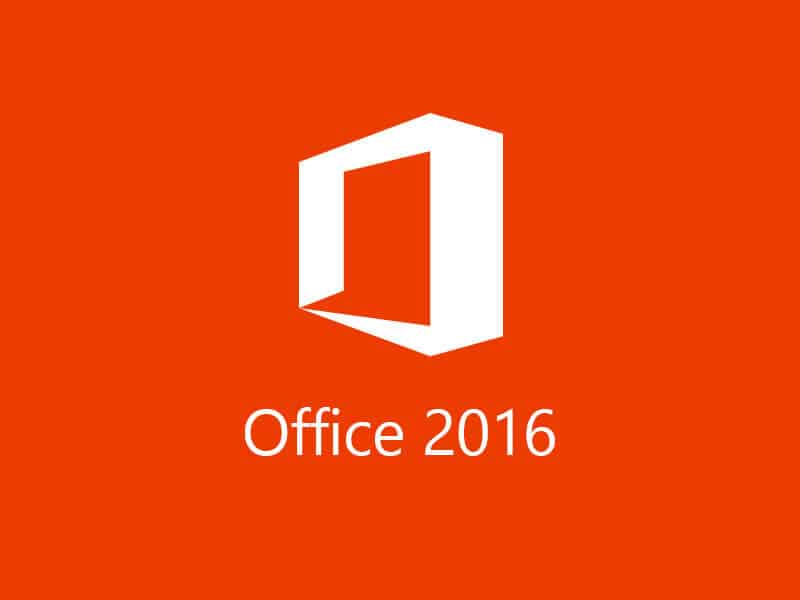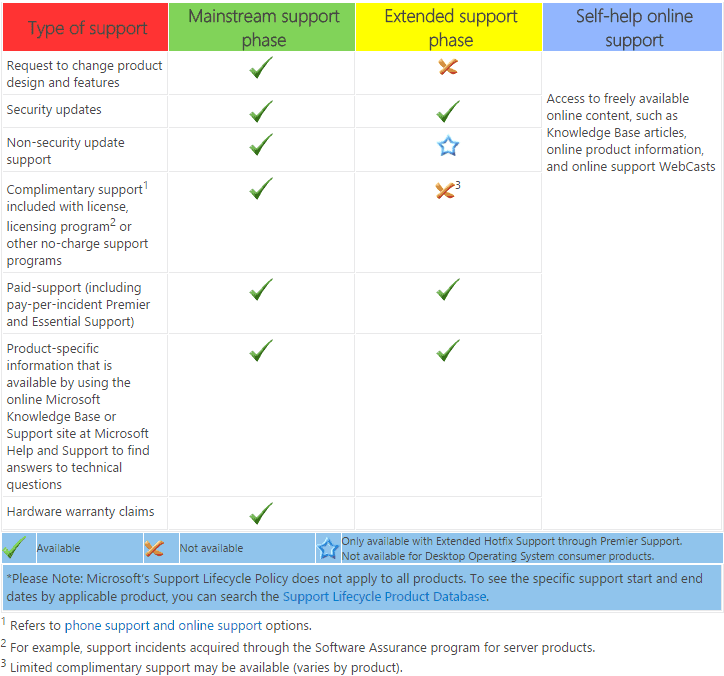
…and yet another reason to consider moving to Office 365.
Office 2016 has been rolling out for a couple of weeks now, and it’s got some nice new features geared toward collaboration. You can co-author PowerPoints and Word documents in real time and can share Office files much more seamlessly. It also works more fluidly between Windows 10 devices.
And while the adoption rate of Office 2016 is picking up, it’s very important to note that it does not support Exchange 2007 or any Windows OS lower than Windows 7. Caveat: if you only need to use email, you can use IMAP… provided IMAP support is enabled on the server (but we really, really don’t recommend doing that).
Mainstream support of Exchange 2007 ended three years ago, but is still under extended support until April 11, 2017. Just as a refresher, here’s what you still get from Microsoft in each of the support stages:
This is typical fashion for Microsoft in phasing out older software, and historically, Office usually is only compatible with three versions of Exchange. In this case, Office 2016 is compatible with Exchange 2010 SP2, 2013 and 2016. Note: if you’re on Exchange 2010, SP2 or greater is recommended.
If you’re still using Exchange 2007, you can either stay on Office 2013 or start your plans to migrate to a later version of Exchange or switch to Office 365.
Conversely, you should also know that if you’re upgrading to Exchange 2016, it’s not compatible with Outlook 2007. So, if you’re going to go in for the new version of Exchange, you’re going to have to also upgrade your Office suite.
This really does make an excellent case for transitioning to Office 365, which, with the proper license options, includes Office 2016 desktop suites for up to five systems per user.
